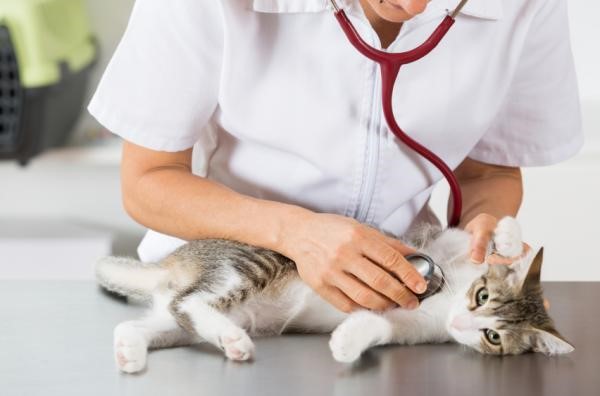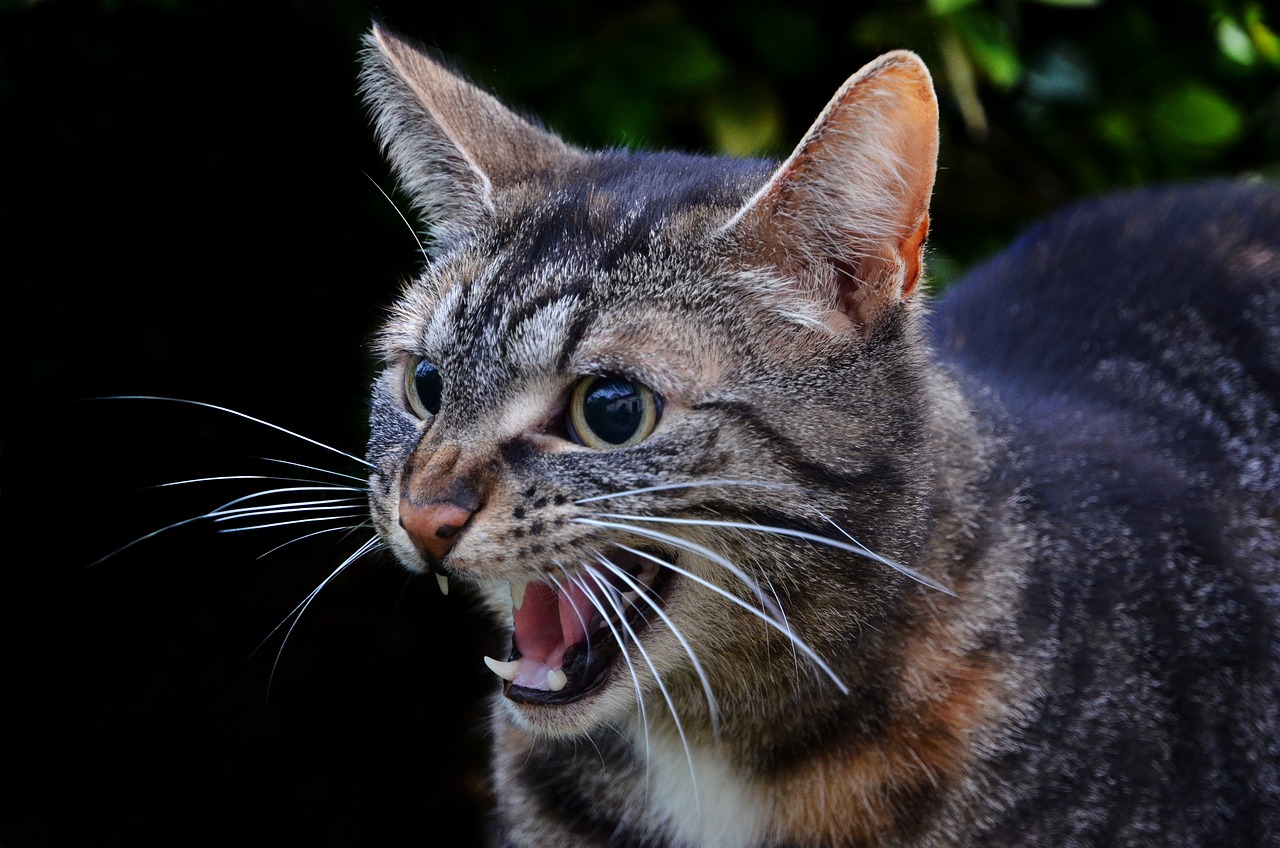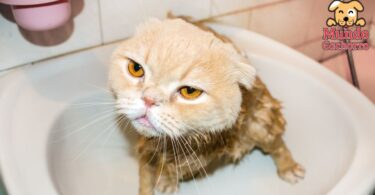A cat urinating outside its litter box can be due to multiple reasons. This makes avoidance strategies depend exclusively on the cause behind the problem, making it difficult to solve. However, it is important that the person knows the 4 ideas for your cat not to urinate outside the box, in order to be able to respond effectively to such a situation.

Image courtesy of (animals.uncomo.com), all rights reserved.
1. Analyze the feline’s routine and take it for a medical check-up.
Although it may seem obvious, it is important to rule out any health problems that may be causing the feline to urinate outside its litter box. Especially because certain diseases are the main causes of this problem, which makes it necessary to treat them quickly to avoid future complications.

Image courtesy of (www.consumer.es), all rights reserved.
2. The location of the box is paramount
As rare as it may seem, litter box related items are the leading cause of a cat urinating outside its box. The strategic location of the box is essential to prevent the cat from urinating outside the litter box.
Therefore, it is recommended to place it in a quiet but spacious place, where the cat can move freely. And above all, where the feline has easy access to it, but trying to keep it as far away as possible from its food and water.
And don’t forget your daily cleaning!

Image courtesy of (www.expertoanimal.com), all rights reserved.
3. Try different types of boxes and types of sand.
Like humans, cats have certain comfort preferences that are best respected to avoid accidents.
For most felines, tall, closed boxes are usually not a very pleasant option, and the same applies to scented litter. While for others it may be an appealing idea, which is why varying in search of the ideal sandbox could be the solution to this little problem. Always taking into consideration that the first priority is the comfort and safety of the feline.

Image courtesy of (ideasytipsdelhogar.com), all rights reserved.
4. Positive reinforcement
In many cases, especially for cats that have had to go through kidney disease, urinary tract infections or traumatic events related to ambushes; the litter box is not an option. This is because they associate the litter box with pain or stressful events, developing an aversion to it, with or without a compelling reason.
The use of positive reinforcement allows the person to restructure the feline’s association with the litter box. Gradually helping him to lose his fear of it and to consider it as an effective ally.
To create a positive association between the cat and the litter box, it is best to wait for the feline to finish relieving itself or make an effort to use the box; and provide cuddles or play as positive reinforcement. It is recommended to avoid giving treats or prizes in this case, as cats do not like to associate food with toilet time.








